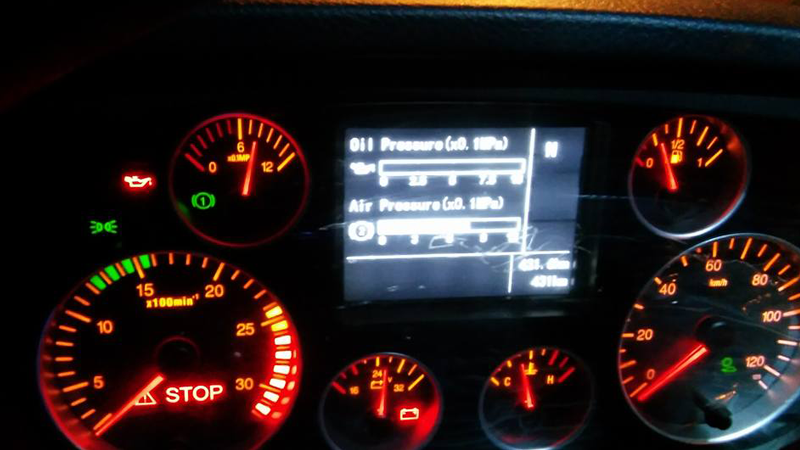Technology based questions
In the vehicle speedometer, the indicated speed is a result of the driveshaft rotations. This is directly affected by the wheel size. The wheel size changes when the tyre pressure and thread wear changes. When the diameter of the wheel is smaller than the original factory settings, the speedometer indicates a faster speed than the actual speed. Therefore, most of the time, the speed indicated in the speedometer is faster than the GPS speed which is more accurate one. If there are no obstacles like concrete buildings and if no electromagnetic interferences, the GPS speed is the most accurate speed measurement for the vehicles.

Vehicle mileage is a calculation based on wheel rotations. Therefore, the problem of not knowing the nature of the surface is not applicable to that mechanism.
There is a possibility of GPS mileage to miss some distance in sharp bends, hills and slopes because of the above reason. Since it is an error associated with the technology, the only way to minimize the error is to make the tracking interval minimum. However, even with the minimum tracking interval, there can be an error in cumulative mileage around 3%. When considering a single trip mileage, there are some times that the GPS mileage is 100% equal to the actual mileage. It happens when the trip is along a route with less bends and hills. Sometimes the error is high for a single trip mileage when the vehicle is traveling up country.

